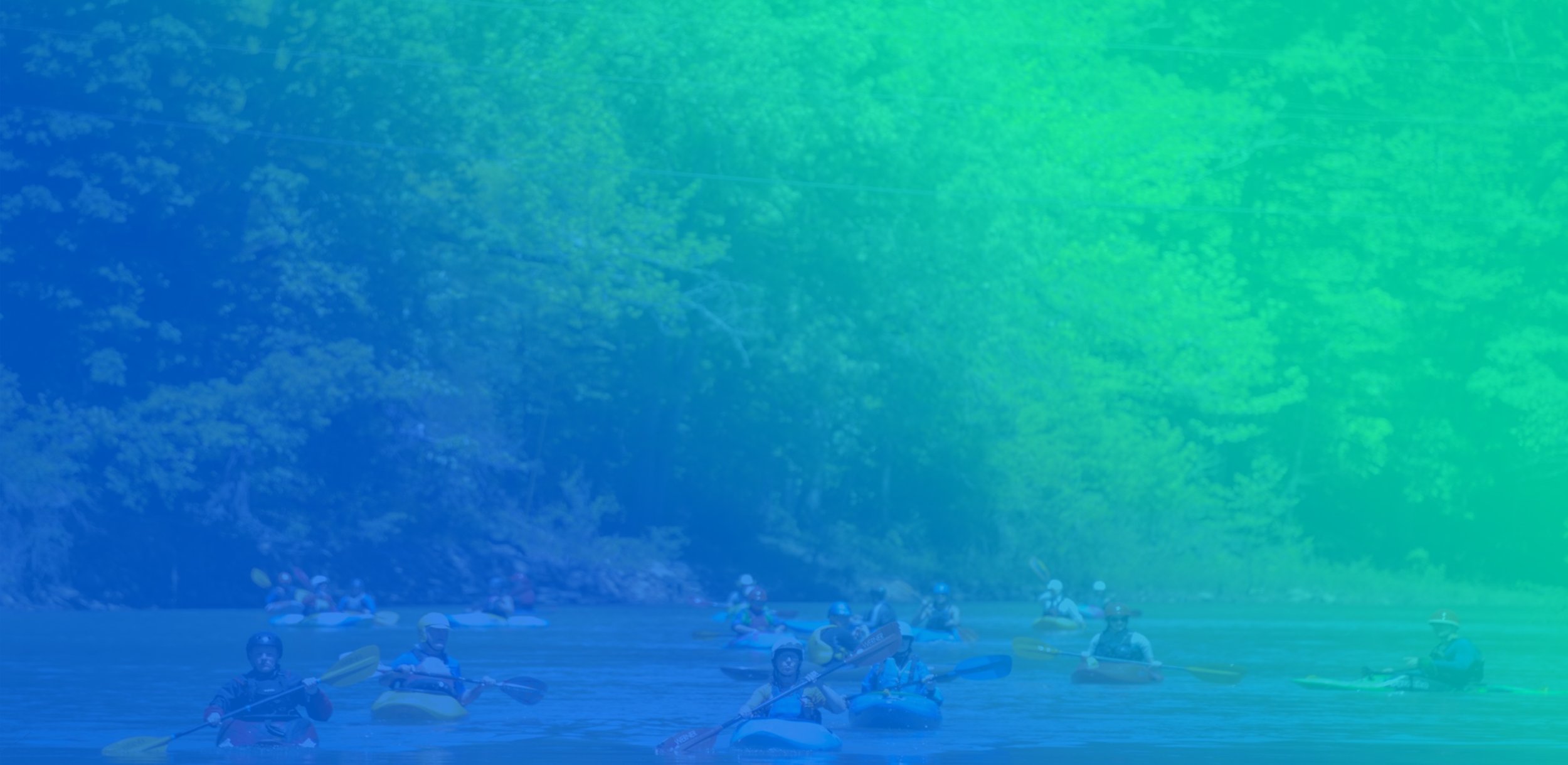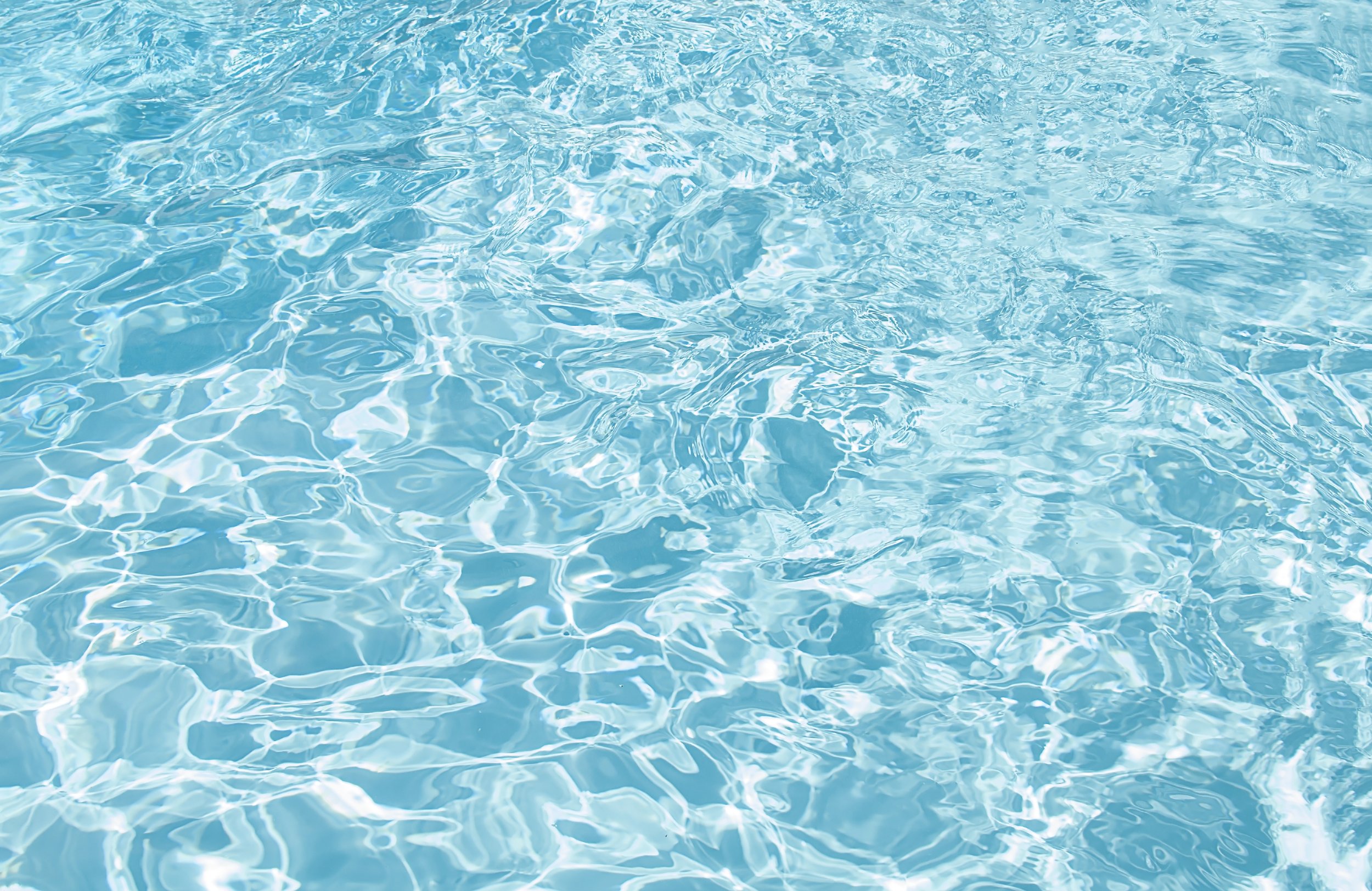
School of Whitewater Paddling

Boat and Equipment
Each student is required to have the following equipment:
Boat designed for use in Whitewater (see below)
Paddle
Type III Personal Flotation Device(PFD)/Life Jacket
Helmet (designed for Whitewater use)
Flotation (typically air bags) secured in boat
Skirt (for hard shell kayak classes)
Appropriate footwear and clothing for conditions (see previous page)
Questions regarding appropriate boat or equipment should be directed to the School Director
Boat Selection and Outfitting:
Participants are responsible for providing their own paddling equipment, including a boat suitable for whitewater conditions. There may be appropriate tandem canoes available for rent for those participants in a tandem canoe class. Contact Turner Bend Outfitters to inquire and discuss this with your assigned instructor or the School Director. If the buyers guide in either the American Canoe Association’s Paddler magazine or the Canoe and Kayak magazine lists a boat in the whitewater category, it is probably OK for this school.
If the boat is listed as a recreational, touring, cruising or sport combination, it probably is not suitable.
The majority of sit-on-tops are NOT suitable for whitewater school. There are a few exceptions, such as the Dagger Torrent (shown below), which include knee straps, providing the paddler with the boat control necessary for whitewater school.
IMPORTANT - The participant has the responsibility to determine if they have an accepted type boat before applying. Contact the School Director before registering if you are unsure about your boat!
Both canoes and kayaks, except IK's must have flotation. Float bags make pins less likely and recovery after a spill much easier. The School Director and instructors have authority to turn away inappropriate boats, boats without air bags, and any other gear or outfitting that is likely to cause difficulties on the river.
Boats should be prepared according to Section II of the Safety Code of American Whitewater.
For solo canoes, a saddle with thigh straps is most traditional, and for tandem boats, webbing or cane seats are most traditional. The photos below show examples of some other acceptable canoe outfitting. For whitewater school, thigh straps are required in solo boats, and encouraged in tandem boats.
Traditional Solo Canoe outfitting, with a saddle, thigh-straps, and airbag flotation
Solo canoe with a leaning-thwart seat, thigh straps, and airbag flotation
Traditional tandem outfitting with webbing seats and airbag flotation
Tandem canoe setup with double saddles, thigh straps, and flotation bow, center and stern.
